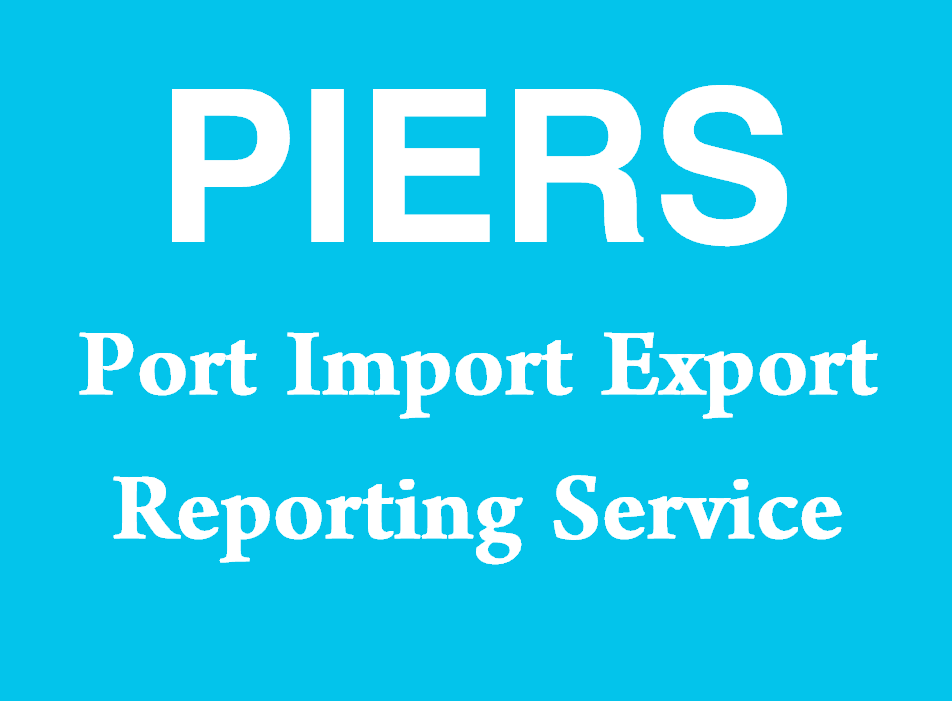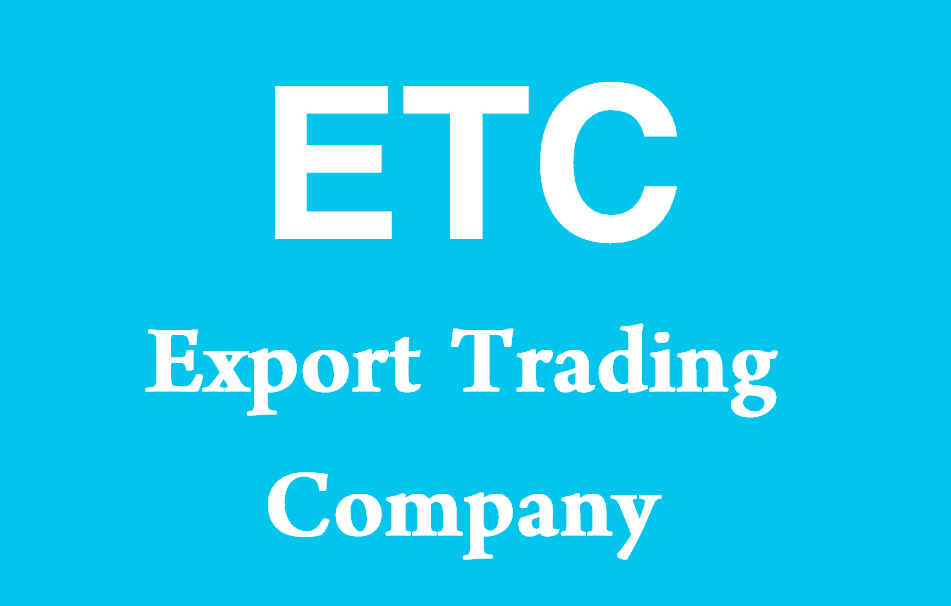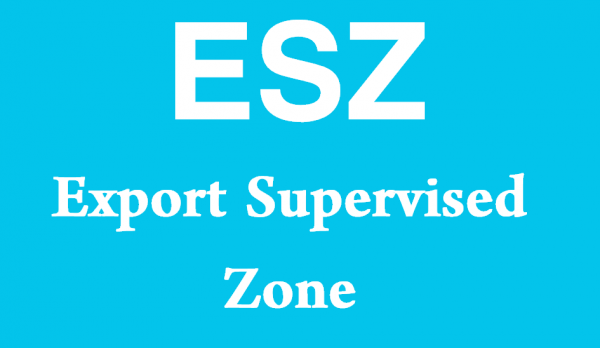What does GEP stand for?
GEP stands for Generalized Export License. This type of export license allows exporters to ship certain types of goods to specified destinations with minimal restrictions. It is designed to facilitate international trade by simplifying the export process for goods that are considered to have low strategic significance or pose little risk to national security. Understanding the Generalized Export License is crucial for businesses involved in global trade, as it streamlines the compliance and documentation requirements associated with exporting goods.

Comprehensive Explanation of Generalized Export License
Definition and Purpose
A Generalized Export License (GEP) is a broad authorization that allows exporters to ship specified goods to designated countries without obtaining individual export licenses for each shipment. The primary purpose of a GEP is to facilitate international trade by reducing the administrative burden and accelerating the export process for low-risk items.
Types of Goods Covered
GEPs typically cover goods that are considered to have low strategic importance or minimal risk. These can include:
- Consumer Goods: Items intended for general consumer use, such as electronics, clothing, and household goods.
- Non-sensitive Industrial Equipment: Machinery and equipment that do not have military applications or dual-use technology concerns.
- Agricultural Products: Food items, seeds, and farming equipment that are not subject to strict export controls.
Criteria for Eligibility
To be eligible for a GEP, exporters must ensure that their goods and destination countries meet specific criteria:
- Non-restricted Goods: The items must not be on any restricted or controlled lists.
- Approved Destinations: The destination countries must be approved under the GEP framework and not subject to embargoes or sanctions.
- Compliance with End-Use Requirements: Exporters must verify that the end use of the goods complies with export control regulations.
Regulatory Framework
The regulatory framework for GEPs varies by country but generally involves oversight by government agencies responsible for export control and trade compliance. In the United States, for example, the Bureau of Industry and Security (BIS) under the Department of Commerce administers GEPs. Other countries have similar regulatory bodies that set guidelines and monitor compliance.
Benefits of GEP
Streamlined Export Process
The GEP significantly simplifies the export process by eliminating the need for individual licenses for each shipment. This reduces paperwork and accelerates the time to market for exporters.
Cost Savings
By reducing the administrative burden and associated costs of obtaining multiple export licenses, GEPs offer substantial cost savings for businesses, particularly small and medium-sized enterprises (SMEs) engaged in international trade.
Enhanced Competitiveness
With faster processing times and lower compliance costs, exporters can respond more quickly to market opportunities and competitive pressures, enhancing their global competitiveness.
Application Process
Pre-application Assessment
Before applying for a GEP, exporters should conduct a thorough assessment to ensure their goods and destination countries meet the eligibility criteria. This involves reviewing export control lists and verifying end-use compliance.
Application Submission
The application process typically involves submitting detailed information about the goods, destination countries, and end-use to the relevant regulatory body. Exporters may also need to provide evidence of compliance with export control regulations.
Approval and Issuance
Once the application is reviewed and approved, the regulatory body issues the GEP, authorizing the exporter to ship the specified goods to the designated countries under the terms of the license.
Compliance and Monitoring
Record-Keeping Requirements
Exporters must maintain accurate records of all shipments made under a GEP, including details of the goods, destinations, and end users. These records are essential for demonstrating compliance during audits or inspections.
Reporting Obligations
Some regulatory bodies require periodic reporting on the use of the GEP, including details of shipments and any changes in the export conditions. Failure to comply with reporting obligations can result in penalties or revocation of the license.
Audits and Inspections
Regulatory bodies may conduct audits and inspections to ensure compliance with the terms of the GEP. Exporters should be prepared to provide documentation and evidence of compliance during these audits.
Challenges and Considerations
Understanding Export Controls
Exporters must have a thorough understanding of export control regulations and the specific requirements of the GEP. This includes staying informed about changes in regulations and ensuring ongoing compliance.
Risk of Non-compliance
Non-compliance with the terms of the GEP can result in severe penalties, including fines, revocation of the license, and legal action. Exporters must implement robust compliance programs to mitigate these risks.
Managing Multiple Licenses
For businesses exporting a wide range of goods to multiple destinations, managing different export licenses and compliance requirements can be challenging. Developing a centralized compliance management system can help streamline this process.
Future Trends
Digital Transformation
Advancements in technology are transforming the export licensing process. Digital platforms and tools are being developed to streamline applications, enhance compliance monitoring, and improve communication with regulatory bodies.
International Harmonization
Efforts are underway to harmonize export control regulations across countries, making it easier for exporters to navigate compliance requirements in multiple jurisdictions. This could lead to more widespread adoption of GEPs and similar licensing frameworks.
Focus on Security
As global security concerns evolve, regulatory bodies may update and tighten export control regulations. Exporters must stay vigilant and adapt to these changes to ensure ongoing compliance with GEP requirements.
Notes to Importers
Importance of Understanding GEP
Importers must understand the implications of GEPs on their supply chains. Knowing which goods are covered under a GEP and the associated compliance requirements can help importers plan and manage their procurement processes more effectively.
Key Considerations for Importers
Verification of Compliance
Importers should verify that their suppliers comply with the terms of the GEP. This includes ensuring that goods are correctly classified and that all necessary documentation is provided.
Documentation and Record Keeping
Maintaining accurate records of imports and related documentation is crucial for demonstrating compliance and facilitating smooth customs clearance.
Risk Management
Importers should assess the risks associated with importing goods under a GEP, including potential delays, non-compliance issues, and changes in regulatory requirements.
Sample Sentences Using GEP
- “The company used a GEP to streamline the export process for its consumer electronics products.”
- Meaning: The company utilized a Generalized Export License to simplify the exportation of its electronics.
- “By obtaining a GEP, the exporter was able to reduce the administrative burden and accelerate shipments to multiple countries.”
- Meaning: The Generalized Export License helped the exporter minimize paperwork and speed up deliveries.
- “Compliance with GEP regulations is essential to avoid penalties and ensure smooth international trade operations.”
- Meaning: Adhering to the rules of the Generalized Export License is crucial to prevent fines and facilitate trade.
- “The GEP covers a wide range of non-sensitive goods, making it ideal for companies engaged in consumer goods exports.”
- Meaning: The Generalized Export License is suitable for businesses exporting low-risk consumer products.
- “Importers must verify that their suppliers’ shipments comply with the terms of the GEP to avoid customs issues.”
- Meaning: Importers need to ensure that their suppliers follow the Generalized Export License requirements to prevent problems at customs.
Other Meanings of GEP
| Acronym | Full Form | Description |
|---|---|---|
| GEP | Global Environment Facility | An international organization that provides funding for environmental projects. |
| GEP | General Education Program | A curriculum designed to provide a broad educational foundation for students. |
| GEP | Graduate Entry Program | A program that allows graduates to enter a specific professional field. |
| GEP | Genetic Engineering and Biotechnology | A field of science focused on modifying the genetic makeup of organisms. |
| GEP | Global Education Partnership | An initiative aimed at improving educational opportunities worldwide. |
| GEP | Gas Expansion Project | A project focused on expanding the capacity of gas production and distribution. |
| GEP | Government Employment Program | A program designed to provide job opportunities within government agencies. |
| GEP | Green Energy Program | An initiative to promote the use of renewable energy sources. |
| GEP | Global Enterprise Platform | A software platform designed to support the operations of multinational businesses. |
| GEP | General Electric Power | A division of General Electric focused on power generation and distribution. |
| GEP | Groundwater Environmental Protection | Efforts and regulations aimed at preserving and protecting groundwater resources. |
| GEP | Group Exercise Program | A fitness program involving physical exercises performed in a group setting. |
| GEP | Global Economic Policy | Policies aimed at managing and regulating the global economy. |
| GEP | Graduate Employment Program | An initiative to help graduates secure employment in their chosen fields. |
| GEP | Generalized Estimating Equations | A statistical technique used in data analysis. |
| GEP | Global Engagement Program | A program designed to promote international collaboration and cultural exchange. |
| GEP | Geographic Expansion Plan | A strategy for expanding business operations into new geographic regions. |
| GEP | Government Endorsement Program | A program through which the government endorses certain products or services. |
| GEP | General Equipment Purchase | The procurement of general equipment needed for operations. |
| GEP | Global Engineering Project | A large-scale engineering project involving multiple countries and stakeholders. |






